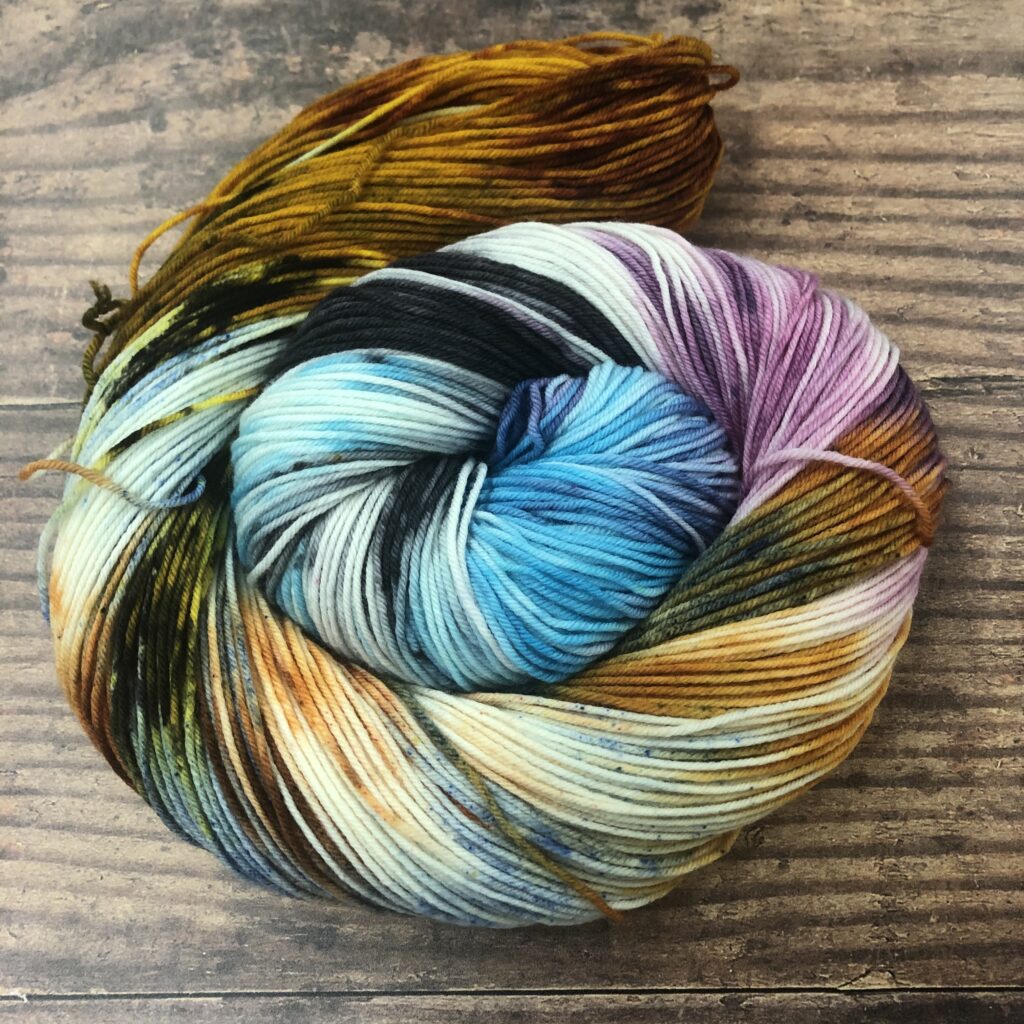It’s time once again to explore more National Parks through yarny goodness. Over the past four years, we have explored the United States through its National Parks, and in 2020, we will have represented them all. Many of these are lesser-known National Parks, and we hope you spend some time exploring them through the links we’ve shared.
Check out our Socks on Vacay/Socks on Staycay summertime sock knitting collaboration with our friend Shannon Squire, too: https://shannonsquire.com/socks-on-vacay-staycay-2020/
Thanks for exploring parks and making socks with us once again this summer! To get your yarn, check out our list of LYS’s offering National Parks (Parks yarn will ONLY be available at our LYS partners through the summer): https://knittedwit.com/
Where is this National Park located?

Great Sand Dunes National Park and Preserve is located in Southern Colorado.
Whose land does this National Park reside upon?
Many Native peoples lived on or around the land on which the park now occupies, including the Uts, the Jacarilla Apaches, the Navajo, and the Twea/Tiwa. The traditional Ute phrase for the Great Sand Dunes is Saa waap maa nache (sand that moves). Jicarilla Apaches settled in northern New Mexico and called the dunes Sei-anyedi (it goes up and down). Blanca Peak, just southeast of the dunes, is one of the four sacred mountains of the Navajo, who call it Sisnaajini (White Shell Mountain). These various tribes collected the inner layers of bark from ponderosa pine trees for use as food and medicine. The people from the Tewa/Tiwa-speaking pueblos along the Rio Grande remember a traditional site of great importance located in the valley near the dunes: the lake through which their people emerged into the present world. They call the lake Sip’ophe (Sandy Place Lake), which is thought to be the springs or lakes immediately west of the dunefield.
When was it established as a National Park?
March 17, 1932
Why is this park amazing?
This park is home to the largest dunes in North America, huge dunes like the towering Star Dune, and for the seasonal Medano Creek and beach created at the base of the dunes. The backcountry Medano Pass Primitive Road winds through a canyon toward the Sangre de Cristo mountains. Trails lead to forests, wetlands and alpine lakes like Medano Lake, which is home to trout and tundra wildlife.
Why did we choose these colors?
The photo we found perfectly captured the park at sunset, and we tried to pull out the sky, the mountains, the water, the reeds, the wildlife. It’s a dreamy skein of a dreamy photo of what we can only imagine is a dreamy space.
For more information:
- NPS website: https://www.nps.gov/grsa/index.htm
- Instagram: https://www.instagram.com/greatsanddunesnps/

